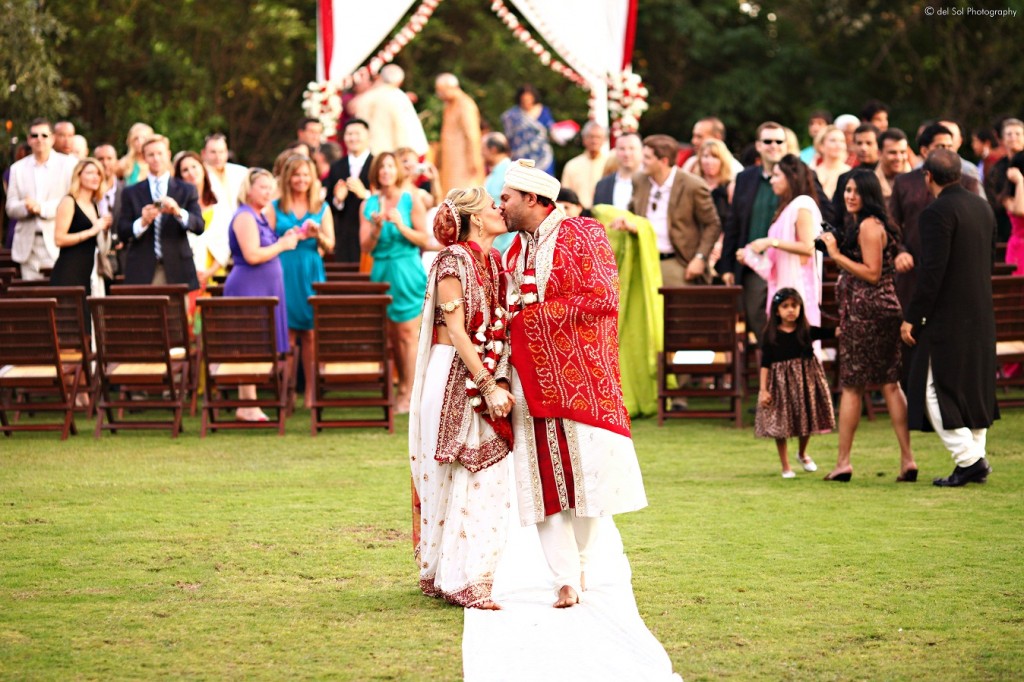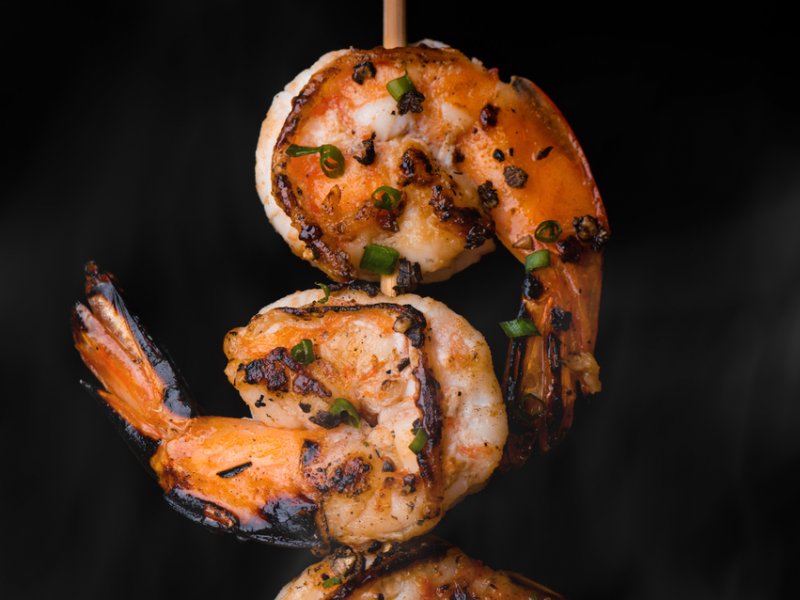The Tradition behind a Hindu Wedding
Full of symbolism, music and beauty, a wedding in the Hindu religion involves three days of unique celebrations, intended to teach the couple the experiences and lessons necessary for married life.
Priscila Chaverri. Journalist contributor/ Photography courtesy of Costa Rica Wedding Photography.
A Hindu wedding includes three or four days of ceremonies, in which the couple is united forever by a priest who advises them, guides them in rituals for good luck and gives them every blessing for the future.
The Beginning
The Hindu wedding begins when the bride’s family receives the groom as one of their own. For this, the women of both families meet to beautify and prepare the future wife, in the festival of sangeet.
During the activity, mehndi is performed; a tradition devoted to adorning and enhancing the beauty of the bride. It consists of beautifying her hands and feet with intricate henna artwork.
“It is one of the most beautiful parts of the entire wedding. They do it for several reasons: to decorate the bride and also to allow her to rest as the paint dries. Within the artwork, the name of the groom is written. Later, he must find it for good luck“, explains Sylvia Chaves, wedding planner with extensive experience in Hindu weddings.
Following the art ceremony and entertainment of the bride is the reception of the men of both families during the night. Now, all guests must entertain the bride and groom. They have previously prepared for dancing or holding a game of charades.

Each One Separately
The second day corresponds to a private ceremony within each family, in order to prepare the bride and groom for married life.
The bride is prepared by the elders of the family, who are responsible for giving advice and smearing her body with turmeric paste for good luck, to sweeten her character and promote fertility. In addition, the older men present her with her bracelets, which will cover her with gold and beauty.
The groom is prepared by the women in his family, who also apply turmeric for good luck. They give him flowers and bathe him with rose petals so he will go into the marriage with an open mind.
A Hindu Wedding: The Final Ceremony
The excitement of a Hindu wedding builds over the three to four days of preparation, and the most important part of the celebration is kept for last: the wedding ceremony, which lasts approximately two hours.
The first tradition of this day is bharat, which consists of the groom’s parade from the time he leaves his house with his family until he collects the bride and her court. They then walk to the place where the religious consecration will be held. The groom may ride an elephant or a horse, with the youngest child in his family raised in his arms.
From the moment the family sets foot on the street to begin the parade, the principal characteristic of this ritual is the music heard at all times. The entire party is accompanied by drumming, dancing and everyone making some kind of joyful noise for good luck.
The bride has the option of being lifted, as she is blessed and her feet must not touch the ground. She does not walk with her father, as is tradition in Western weddings, but is given by the women in her family or by two male relatives.
The mandapa is a traditional structure for any type of ritual to be performed. It is all that the priest needs to perform the marriage. It is traditionally made of wood and is sacred, so no one may put their shoes on it. The bride, groom, parents from both families and the priest enter the structure.
It is during this ceremony that the bride and groom must do seven turns around the fire. “For us, the most important and meaningful celebration to have done, hand in hand, is the seven steps around the fire: to promise, each to the other, to provide, develop the strength to be together in good times and bad; prosper and be mutually dedicated; be blessed with healthy children, love, trust and honor; self control and longevity, and the final step, friendship and eternal love”, explains Rushi.
The groom, as a token of acceptance of the bride, ties a necklace of red and white roses around her neck and sprays it with a red powder, which indicates that she is a married woman.

Food and Music
“It is all a party; from the time the groom arrives there much joy, singing and dancing, and during the wedding as well. It is all very informal, but very religious. As is quite long, the guests stand, leave, come back, and we have served ice cream or sweets so that they do not get tired “, says Chaves, wedding planner.
Food abounds throughout the celebration. Because people from India do not eat beef, the menu does not include it. A traditional menu usually includes lamb, fish, many vegetables, curry and typical sweets.
There is special music for the various parts of the celebrations, so the person responsible must be knowledgeable in the procedures and traditions of a wedding in the Hindu religion.
Source:
Sylvia Chaves, wedding planner from Costa Rica Paradise Wedding. Tel.: 2215-2779.
(Translate from here)











